
MENUMENU
TALK TO AN EXPERT
Special Hours: 7AM – 6PM PST
TALK TO AN EXPERT
Special Hours: 7AM – 6PM PST
Welcome to the wonderful world of rechargeable lithium batteries. They’re energy-dense, compact, and have completely transformed our world. Without them, laptops wouldn’t be portable, smartphones wouldn’t fit in your pocket, and electric vehicles would be far less advanced.
But how do rechargeable lithium batteries actually work? Here at Battle Born Batteries, we specialize in rechargeable lithium batteries, so keep reading to learn all about them including their average life cycle and how to use them to their fullest potential. Let’s begin.
No, all lithium batteries are not rechargeable. To help understand this concept better, let’s talk about the difference between lithium batteries and lithium-ion batteries. Lithium batteries refer to what we call primary cell batteries that you can’t recharge.
These batteries are very energy-dense and can store and emit power for long periods. They’re great for watches, smoke detectors, and pacemakers–all of which need constant and continuous power. Nevertheless, once they’re done, they’re done, and must be disposed of.

Lithium-ion batteries, on the other hand, are rechargeable. We call this type of cell a secondary cell. This means that the lithium ions can move in two directions: from the anode to the cathode while discharging and from the cathode to the anode when recharging. Lithium-ion batteries are used for everything from earbuds to home backup power systems.
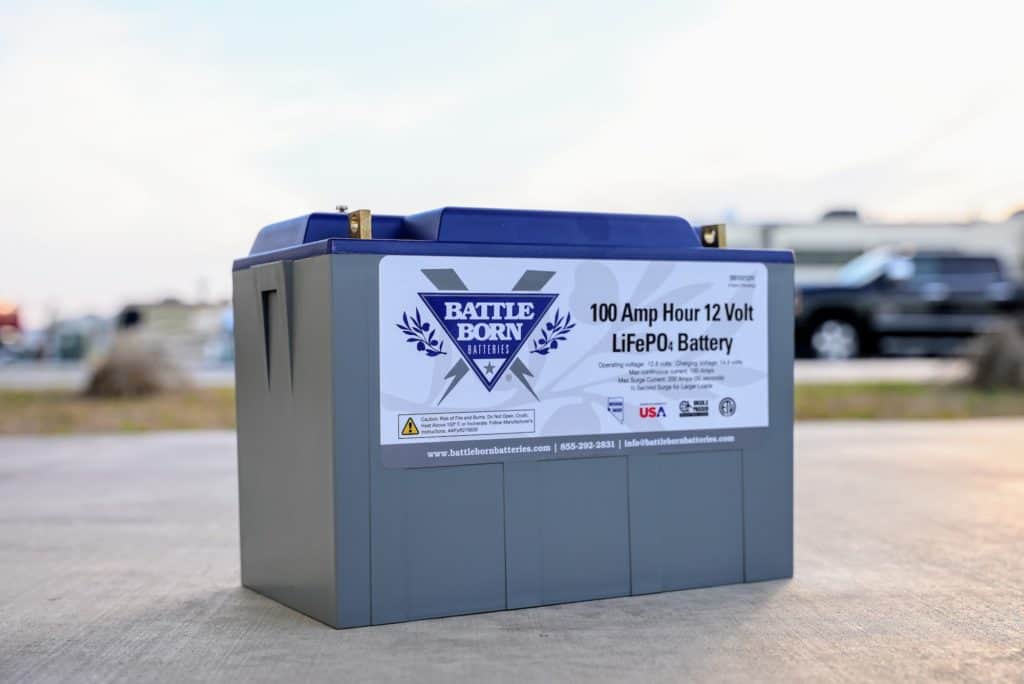
So, what actually happens when you recharge a lithium-ion battery? Let’s explore how a lithium battery works and what happens inside the cells when you charge it.
To understand how a rechargeable lithium battery works, we must first understand the components inside the battery. Each lithium-ion cell has an anode, a cathode, an electrolyte, and a separator. In most lithium-ion cells, manufacturers make the anode out of graphite. Popular cathode materials include lithium iron phosphate, lithium cobalt oxide, and lithium manganese oxide.
Between the anode and cathode is the liquid electrolyte, usually made of lithium salt. As the battery discharges (powering your devices), lithium-ions flow from the anode to the cathode and pass through a separator, which forces the electrons to power your electronics.
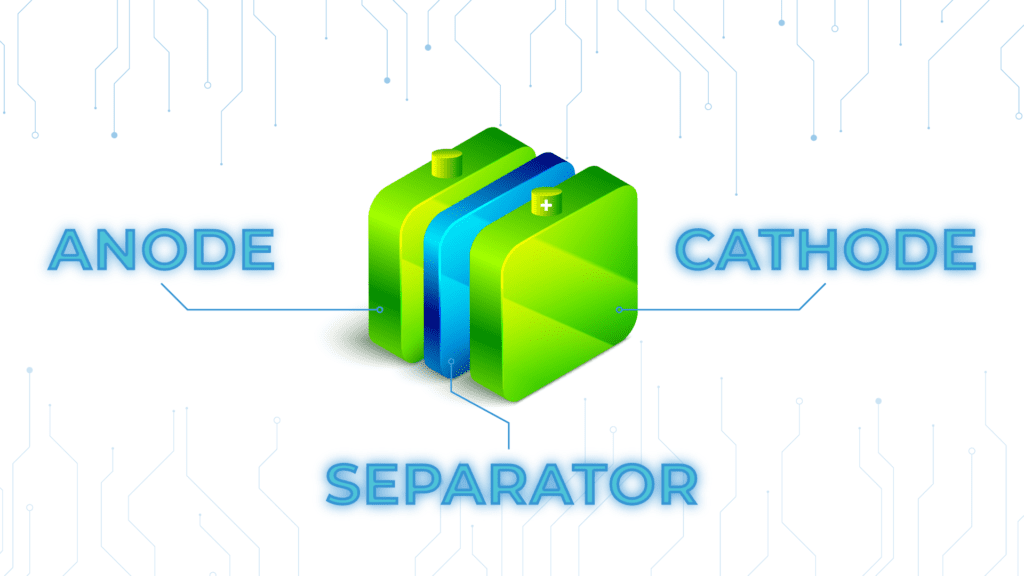
The Battery Management System (BMS) is a very important part of the recharge process. This is an electronic control unit that is installed within the battery.
This unit constantly monitors the temperature of the battery, but it also ensures that the battery is working correctly. The BMS does this by making sure all the cells of the battery are discharging and recharging at the same rate. This helps get the most potential power out of your battery and extend its life.
We’ve talked about how a lithium battery works, but what happens when it recharges? Essentially, the flow of lithium-ions between the anode and cathode reverses. Instead of moving from the anode to the cathode, the lithium ions flow from the cathode to the anode.

A battery charger increases the voltage of the system above the battery’s voltage to inject the charge. Having a programmable charger that can be set to the battery’s specific needs is important to get this process to work correctly. In a lithium battery, the BMS mentioned in the above paragraph is in place to prevent the charger from doing anything that will damage the battery.
You shouldn’t try to charge your batteries with just any charger. For example, chargers for lead-acid batteries are specially designed to protect the battery life by pulsing high voltages into the battery occasionally. Because lithium batteries run at a narrower range of voltage, these lead-acid chargers could potentially overcharge your lithium-ion battery. This is why it’s so important to use a charger specially designed for your batteries’ specific chemistry.
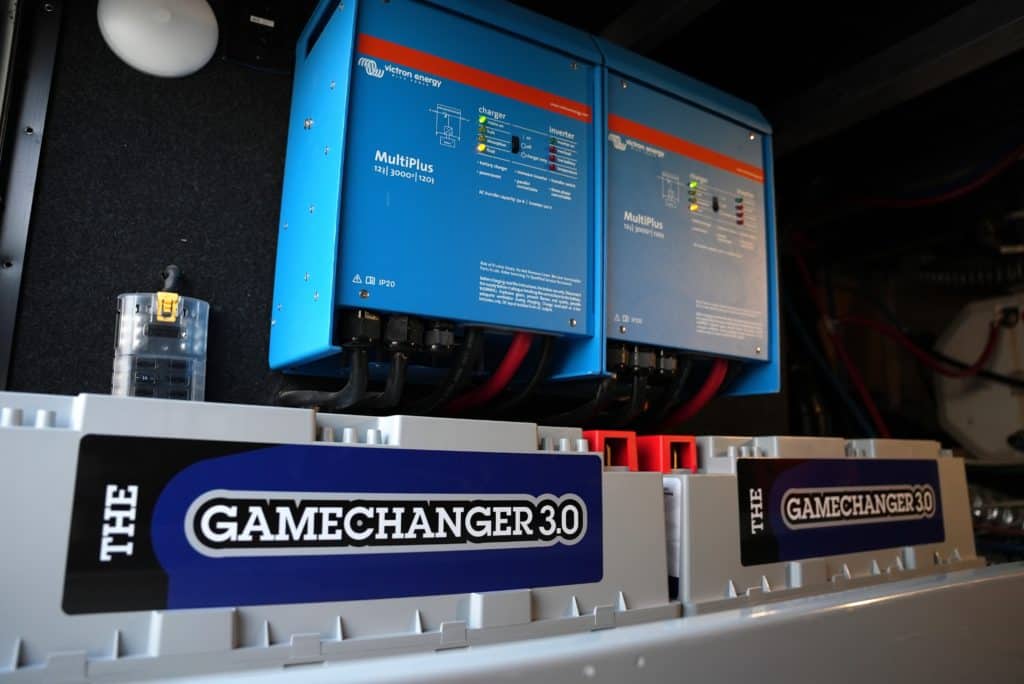
The amount of times you can recharge a lithium battery completely depends on the type of battery and on how you use it. Not all lithium-ion batteries are created equal and cell design plays a large role in lifespan. For example, prismatic cell batteries have significantly lower lifespans than cylindrical cells. Because of this, we choose to use long-lasting high-quality cylindrical cells in Battle Born Batteries.
In our batteries, heavy use will yield around 3000-5000 discharge cycles before the battery reaches 80 percent of its original capacity.
If using prismatic cells, it’s common to see between 1000 and 2000 usable cycles and lithium polymer even fewer.
So, how much should you drain your rechargeable lithium battery before hooking it up to the charger?
Most lithium battery manufacturers recommend recharging your battery after using about 80% of the power. However, Dragonfly Energy and Battle Born Batteries can be completely discharged before needing to recharge. This 100% depth of discharge rating means you’re able to go much longer without needing to find a power source.
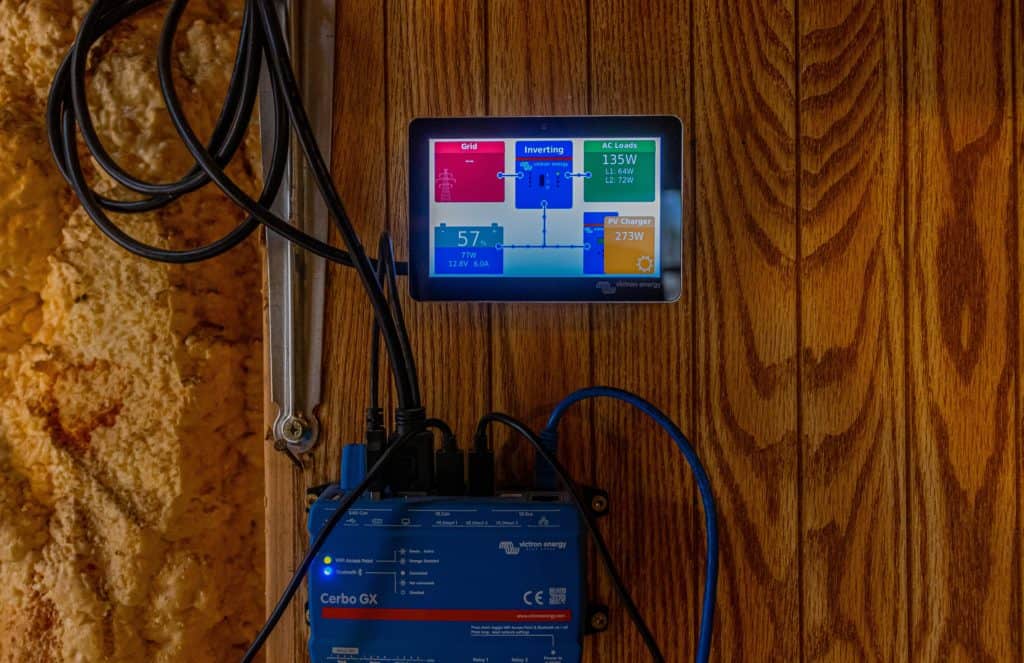
As mentioned before, lithium-ion batteries differ from lead-acid batteries in terms of their chemistry, composition, and recharging capabilities. For example, lithium-ion batteries are much more energy-dense and less affected by Peukert’s law. This means that lead-acid batteries have a shorter life cycle than lithium batteries. In fact, depending on the type of lead-acid battery and how you use it, you’ll probably only get between 100 and 300 full discharge cycles.
In addition, our lithium batteries can charge twice as fast as lead-acid, and charging can start and stop at any point without damaging the battery. This makes them ideal for solar and uses in applications where you need to charge up quickly.
→ Learn the Truth About Lead-Acid Vs. Lithium Batteries before you buy.
There’s a reason why lithium-ion batteries have completely revolutionized how we store energy; they’re energy-dense, compact, and last much longer than lead-acid batteries. If you’ve ever been battery shopping, you’ve probably noticed the price difference. Lithium-ion batteries are typically much more costly than their lead-acid counterparts. Regardless, they hold much more energy and have a life-cycle over five times longer than lead-acid batteries.
All this being said, it’s really not hard to see which type of battery is a better investment for your electronics or RVs–lithium is truly where it’s at. Tell us what you think. Would you choose lead-acid or lithium? Let us know in the comments below!
We know that building or upgrading an electrical system can be overwhelming, so we’re here to help. Our Reno, Nevada-based sales and customer service team is standing by at (855) 292-2831 to take your questions!
Also, join us on Facebook, Instagram, and YouTube to learn more about how lithium battery systems can power your lifestyle, see how others have built their systems, and gain the confidence to get out there and stay out there.
Shop Best Sellers

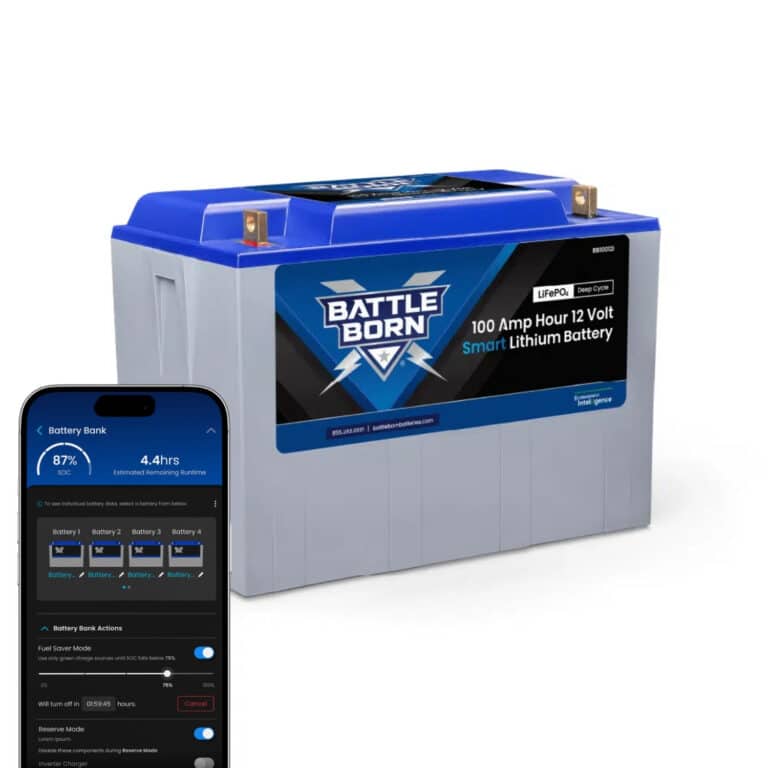

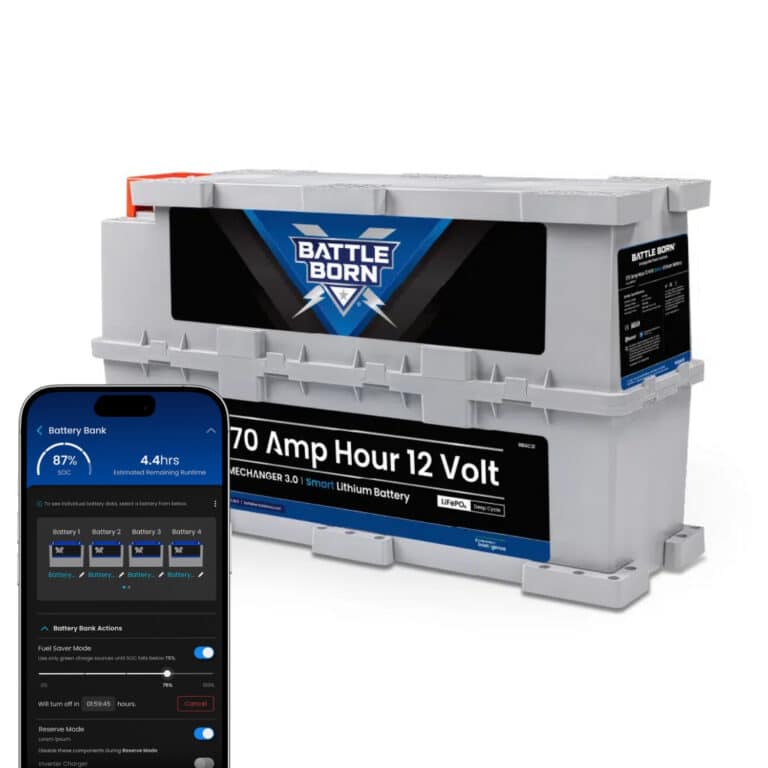




Ask a technical specialist now at 855.292.2831
Stay in the Know
2 thoughts on “How Do Rechargeable Lithium Batteries Work and How Many Times Can You Recharge Them?”
Recently purchased a Battleborn 100ah battery to upgrade my RV to lithium. Replaced my OEM converter (PD9260) with a PD9160alv converter. I also have a Furrion MPPT solar controller set to “lithium”. Battery charges but according to my battery monitor it will not go above 85.6% charged. Is this normal? Once it reaches 85.6% it shows the battery discharging. After a few minutes it begins charging again but only up to the 85.6% mark. I was expecting battery to charge to a higher percentage but am looking to determine if the battery is performing normally or if my battery monitor is giving me false readings. Converter is putting out 14.53 Vdc. My solar is a single 165w panel. Appreciate any insights.
Hi Bruce. Please insure that all of your charging parameters are changed to their proper settings, not just simply switching to lithium. Your battery and specific charger should have information about those settings.